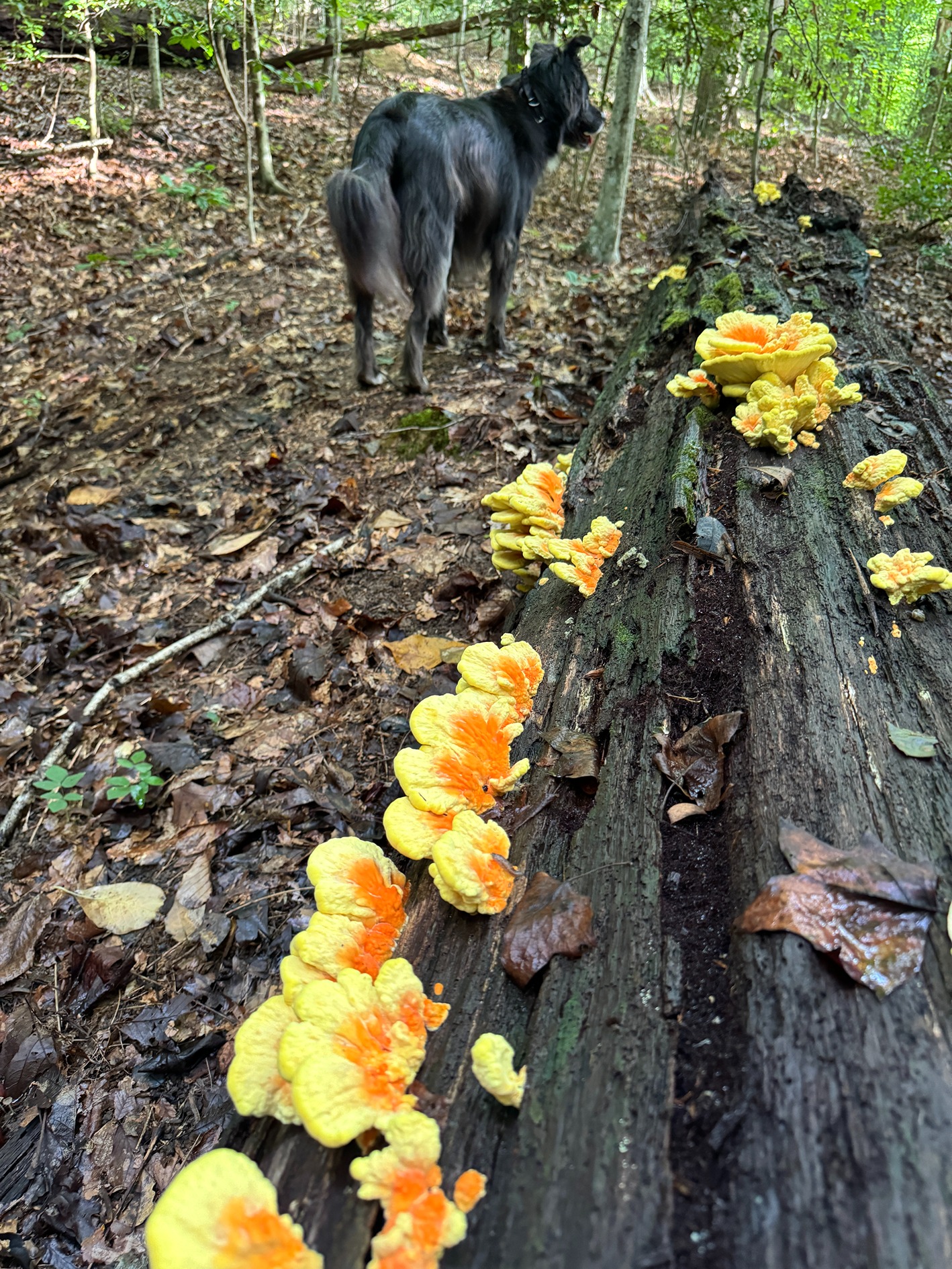
It has been a beautiful Spring and with all of the rain most trees and shrubs are growing in leaps and bounds. This comes with several exceptions and White Oaks are some of the worst looking trees around town this year. With the very mild Winter weather, Jumping Oak Gall Wasp larvae survived in large numbers and their damage is heavily affecting many White Oaks in the area. In some cases, the damage has become so bad the leaves are blackening, contorting, and falling from the trees, making many think that it is a fungal infection. I wanted to revisit an article I wrote three years ago as it is even more pertinent this Spring. _______________________________________________________________________________________________
Spring brings out all of the bugs, and while most of the ones we think about are damaging or annoying, there are thousands that go about their life nearly out of sight and out of mind. Every once in a while, one of these thousands can be pretty enough, large enough, or odd enough to catch our attention as we rush through our own lives. The jumping oak gall wasp is just such an insect. You can see it on many of Virginia’s oaks this time of year, and it might just warrant a pause in your day to see something unique and new.
The jumping oak gall wasp will almost exclusively damage mature white oaks (and other oaks in that family) around home landscapes. In most cases, tree owners never notice the insects or the galls they create on the white oak leaves, as they are tiny and non-damaging until the population hits a level that the tree cannot sustain. When this occurs, the young leaves will brown and prematurely fall causing stress to the tree. The real reason that jumping oak gall wasp is of interest is because of the jumping action that gives it the title.
 Jumping oak wasp galls on white oak leaves.
Jumping oak wasp galls on white oak leaves.
The galls are actually tiny vegetative growths made by the tree’s leaves. They act as shelter and a food source for the larvae of a small stingless wasp where the insect spends most of its life. The gall wasps fall from the trees in late spring and will do a little dance on the ground to lodge themselves into cracks and crevices to wait out the rest of the year before they emerge as adults the following spring, when they start the lifecycle again. (Click here to see the jumping gall wasp in action.) If you have a white oak in your landscape, you can likely see this occurring on your sidewalks and driveways right now. This movement is caused by the larvae moving inside the dry gall much the same way “Mexican Jumping Beans” work.
As white oaks begin to leaf out in the spring, the adults hatch from the overwintered galls and begin the cycle again by laying eggs on newly emerging leaves when they are extremely small and still expanding. The eggs produce hormones that hijack the normal leaf growth and make the leaves grow fleshy tissue around the developing eggs. As the eggs hatch, the larvae begin to feed on the gall and grow. In heavy infestations, extensive foliage damage occurs and the oaks will drop the damaged leaves in an attempt to protect themselves from further injury, while light to moderate infestations go unnoticed. In some cases, it can warrant supplemental watering, mulching, and soil amendments to help reduce the stress caused by the leaf drop but preventative treatment is not recommended as it is very hard to time properly and requires very large applications of broad-spectrum insecticides that can damage non-target insects and invertebrates.
If you have white oaks on your property, it is likely that you have seen what looks like very tiny orange to tan dots all over your car, driveway, sidewalk, and landscape plants. These dots are about the size of the head of a pin and are extremely easy to overlook, but will hopefully now your eye will know what to look for. Take a minute or two to walk your landscape and see if you can detect the telltale jumping of this little wasp as it goes through its life underfoot and nearly out of sight.


